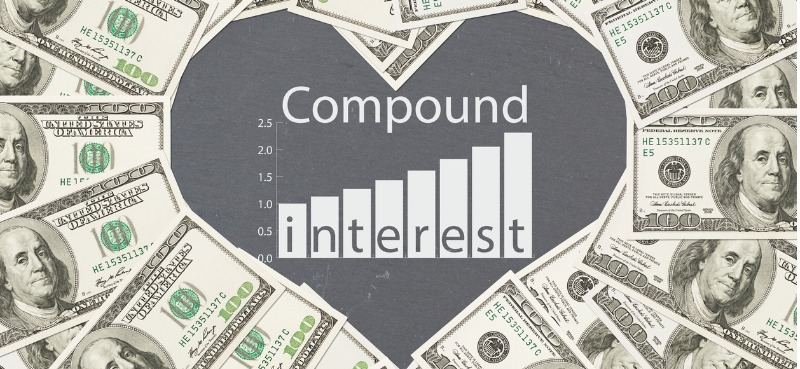Markets are in a free fall as investors digest President Trump’s latest tariff announcement. In case you somehow missed the news, on April 2, Trump announced tariffs of over 50% on all goods coming into the U.S. from China… 24% on goods from Japan… and 46% on goods from Vietnam.
Bear in mind, many on Wall Street expected Trump would enact ~10–20% increases for all trading partners—and considered even that level aggressive.
The S&P 500 and Nasdaq are down over 10% since April 2… and around $5 trillion in market valuation has been wiped out.
Investors are understandably panicked—and many are now saying a recession is imminent.
Amid all the uncertainty, we want to revisit one of the most memorable crashes in market history—the dot-com bust—and the important lessons it taught us to stay resilient during any market selloff.
A history lesson on the dot-com bubble bust
It was January 2000… the peak of the dot-com bubble. The bull market had been raging for several years, and most of Wall Street assumed tech would continue to rally.
But a look under the hood at valuations painted an alarming picture…
Investors had been pouring money into high-flying tech stocks—a motley crew of unprofitable, internet-adjacent companies. More traditional tech stocks, like Microsoft and Oracle, were also flying high.
But the valuations were unsustainable. Put simply, tech stocks were dramatically overvalued… and due for a correction.
Then came the Y2K panic… and tech spending further accelerated as the world looked for a patch to this major, potentially civilization-destroying bug.
The Nasdaq rallied harder… and by the end of 1999, it had doubled year over year.
But as we rang in the New Millennium, it became clear the apocalypse wasn’t imminent… And investors no longer had an obvious reason to continue pouring into hardware and software.
It wasn’t long before the tech-driven rally started unraveling…
Fast forward to two years after the turn of the millennium: The market was down by 27%… and the tech-heavy Nasdaq was down by more than 50% vs. March 1999 (and 80% off its highs).
While we’re not in an identical situation today, the dot-com bust—and resulting market crash—taught us four important lessons that can be applied to any selloff.
1. Over time, markets tend to move higher
History teaches us that no selloff lasts forever. Going against the grain and buying on market weakness is one of the most profitable long-term strategies.
More than 25 years after the Y2K scare (a period that included several more vicious bear markets), we’re up multifold on both the S&P and the Nasdaq.
And buying in the middle of any of the past selloffs rather than on top of the rallies would have improved your returns dramatically.
2. Diversify your investments
There’s a reason diversification is the golden rule of investing.
When you invest in various assets across several unrelated sectors, you spread your risk, reduce your portfolio volatility, and stay open to gains from all corners of the market.
While you can’t diversify away systemic risks, buying a variety of uncorrelated assets (assets that don’t move together) allows you to minimize the effect of sector-specific bad news.
3. Reinvest as many dividends as you can
By reinvesting dividends back into the same stocks, you make the market’s declines and rallies work for you.
In a falling market, the same dollar amount buys you more shares—allowing you to increase your position at a discount and lower your cost basis. Meanwhile, you buy fewer shares in a rising market, ensuring you don’t overpay near the top)…
Either way, your position keeps growing without having to pump in fresh capital.
And the larger your position, the more dividends you’ll be paid next time… translating to a significantly larger stake—and more income when you need it.
4. When the market sells off, it pays to own insurance
One of the best ways to hedge is with put options. These act as “insurance policies” for a market downturn. When the markets fall and investors panic, these investments soar…
Over and over again, put options have returned hundreds—even thousands—of percent gains in a selloff. That’s enough to keep your portfolio afloat and then some.
The bottom line
While today’s market turmoil may feel unprecedented, history reminds us that crashes—no matter how painful—are survivable with the right mindset and strategy. The lessons from the dot-com bust are as relevant now as ever: Stay diversified, reinvest where you can, protect your downside, and remember that markets tend to recover over time.
Panic is never a strategy—but preparation is. With discipline and a long-term view, this storm, too, will eventually pass.
Want more strategies to position your portfolio for any market? Join Wall Street Unplugged Premium.























